The humble hazel dormouse — 'the flagship species of the health of our countryside'
The sleepy and very sweet hazel dormouse is one of Britain's rarest mammals.
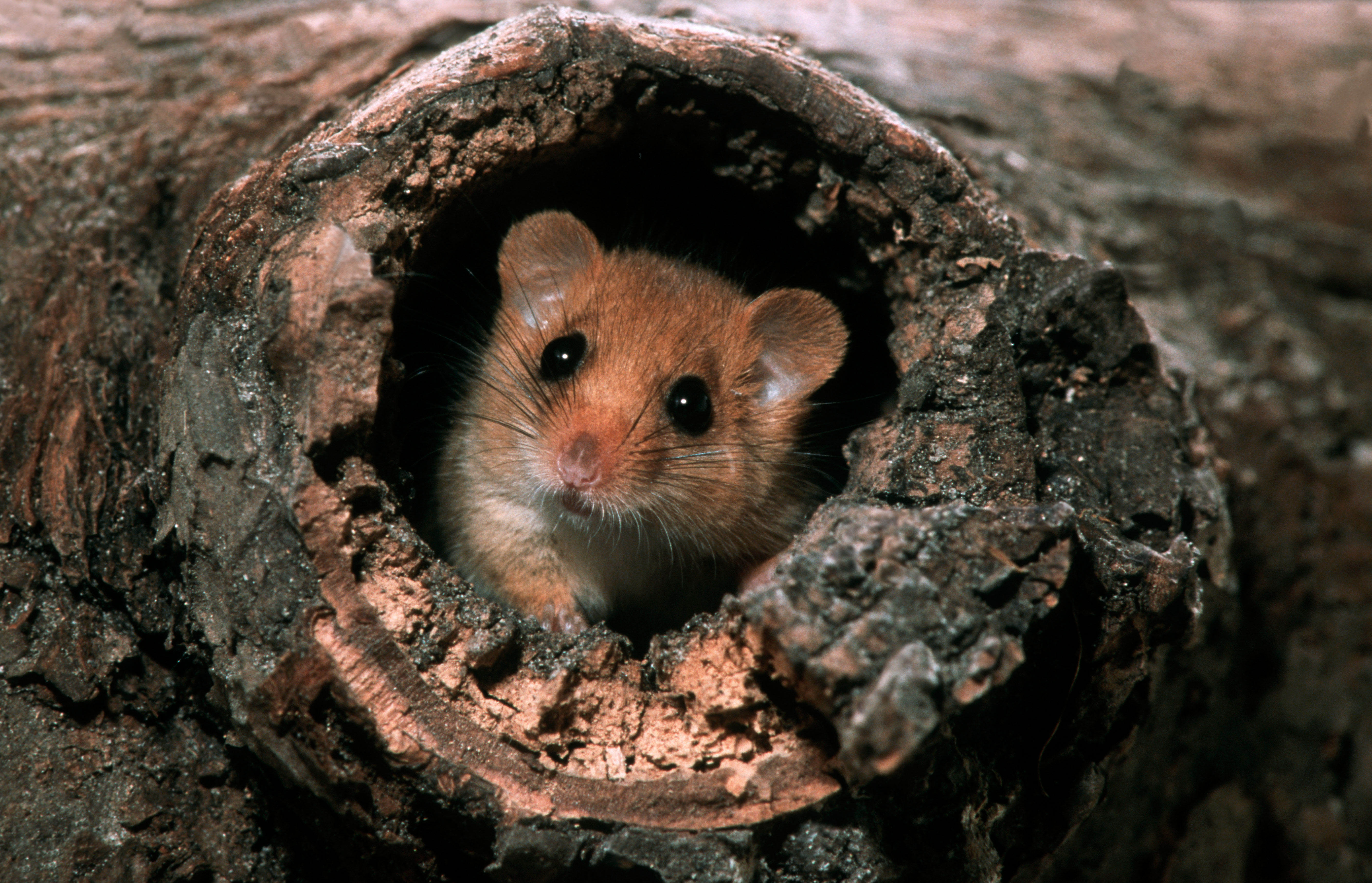

Coppice-working Victorian woodmen often encountered a hazel or common dormouse (Muscardinus avellanarius), fast asleep in thickets or tree hollows. Charmed by the sweet, golden ball of fur, they’d pop it into a pocket to take home as a pet for their children. Such a practice would now be illegal — numbers of hazel dormouse have plummeted and the species is protected. In any case, as nocturnal, hibernating animals, they make unsuitable companions, despite a gentle nature and a disinclination to bite. Yet it’s possible that the bygone pet-dormouse habit may have led to some of the most-loved English literature for children. In By Way Of Introduction (1929), A. A. Milne noted that, although Christopher Robin had kept everything except a mouse, he himself had a pet mouse in his own boyhood. ‘Probably it escaped — they generally do,’ he observed. It’s thus little surprise that, before Winnie-the-Pooh, Eeyore, Tigger and Piglet (who arrived as named characters on the publication of Winnie-the-Pooh in 1926), the starring mammal in Milne’s verse was the dormouse — which, although not technically a mouse, certainly resembles one.
In November 1924, When We Were Very Young, the first of Milne’s bestselling quartet of children’s poetry and story books, was published by Methuen. Of the volume’s three mouse-themed inclusions, The Dormouse and the Doctor is considered by his biographer, Ann Thwaite, as among his best children’s poems. It played on the characteristically placid, sleepy proclivities of the species, with a busybody doctor unable to understand that its incorrigible doziness was not a malady, but merely a desire ‘to be back in a bed of geraniums (blue) and delphiniums (red)’. The poem had already appeared in a new magazine for youngsters, The Merry-GoRound, in 1923, with illustrations by Harry Rountree, making it the first poem Milne specifically addressed to the juvenile market. In When We Were Very Young, however, it was accompanied by E. H. Shepard’s definitive art. Also in the same volume, The Christening mused upon names:
What shall I call My dear little dormouse? His eyes are small, But his tail is e-nor-mouse.
Meanwhile, Missing pondered the distress of a losing a mouse:
He came from the country, he wasn’t a town one, So he’ll feel all lonely in a London street.
Milne wasn’t the first to recognise the distinctiveness of dormice. Alongside an English name traceable to the 15th century and deriving from the French verb for sleep, dormir, local titles referenced the dormouse’s hibernating tendencies: sleeper, sleep-mouse and sevensleeper. Lewis Carroll had already exploited the characteristic to humorous ends in 1865, making a placid, long-suffering dormouse the object of various indignities in Alice’s Adventures in Wonderland during the Mad Hatter’s tea party. In the natural world, however, the dormouse merits more respect.

Dormice eat a variety of foods and like to fatten up on hazelnuts before hibernating.
Dr Pat Morris, a mammal ecologist and dormouse authority, once described the animal as ‘the flagship species of the health of our countryside. If the flagship is there, then the rest of the fleet — the butterflies, birds and flowers — must be there as well’. This is because the rodent’s ideal living conditions — which include a well-balanced mix of broadleaf trees, sunny glades and a shrub layer with a varied mix of food sources, such as insects, flowers, berries and nuts — equate to a thriving local flora and fauna An artist who understood this was Archibald Thorburn. More renowned for bird paintings, he made several evocative studies of hazel dormice in their natural habitat, one of which graced the frontispiece of his British Mammals (Volume I, 1920). The Scottish-born artist, settled in Surrey from the start of the 20th century, found an abundance of dormice in the hazelnut coppices around Godalming, not far from his home. Even he succumbed to the creatures’ endearing qualities, explaining how one he’d kept for use as a model, ‘escap[ed] in my room, made a dormitory for itself in a sketching umbrella, where I found it fast asleep’. Coincidentally, it was in a Surrey coppice that Morris showed me how to identify a hazelnut gnawed by a dormouse (they make a smooth, neat little hole with chiselled toothmarks at an angle to the nut surface) compared with one opened by a squirrel or jay (they smash it open and leave a jagged edge). He revealed that when he first started researching dormice in the early 1980s, ‘people knew less about them than they did the fairies at the bottom of the garden’. However, he and his colleague, Paul Bright, subsequently initiated conservation-led research and introduced a nationwide monitoring project.
The National Dormouse Monitoring Programme (NDMP) is still running today, administered by the People’s Trust for Endangered Species (PTES). Together with a greater understanding of the life cycle and behaviour of this woodland sprite has come an awareness of its population decline, in the face of the widespread cessation of coppice and hedgerow management.
In Thorburn’s time, dormice were present in all but two counties of England and Wales; however, it’s now extinct in 20 of them. The PTES’s latest State of Britain’s Dormice report, published in 2023, indicates a population decline of 70% between 2000 and 2022. Ian White, the PTES’s dormouse and training officer and overseer of the NDMP, says that, although the Red List classifies hazel dormice as ‘vulnerable’, a revision to ‘endangered’ would make them ‘a higher priority species and increase targeted conservation efforts to help reverse their chronic decline’.
Sign up for the Country Life Newsletter
Exquisite houses, the beauty of Nature, and how to get the most from your life, straight to your inbox.
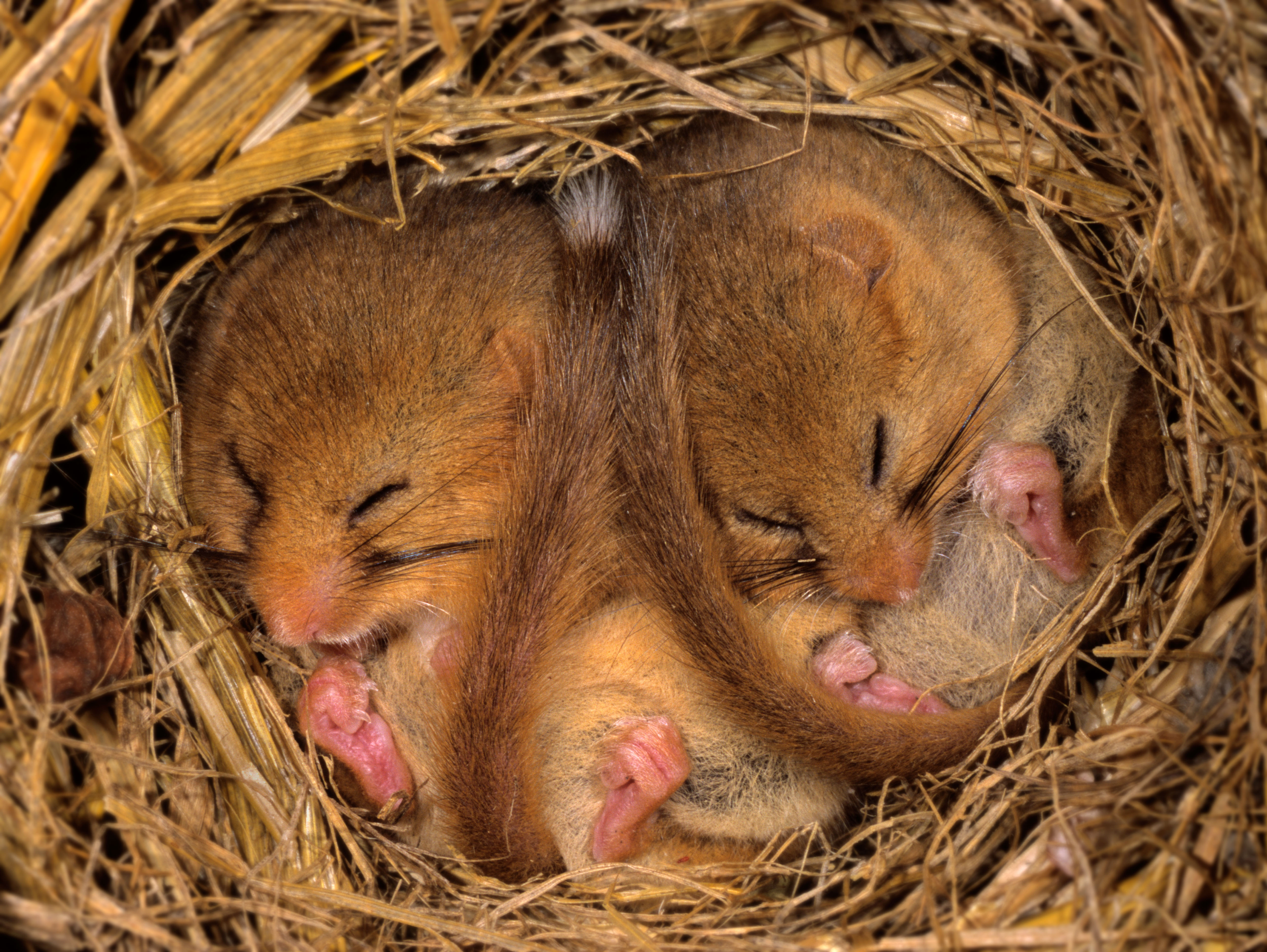
Hazel dormice spend 75% of their time asleep in spherical nests that are often covered with leaves.

Since 1993, the PTES has reintroduced more than 1,000 dormice into 25 woodlands in 13 counties from which they had previously been lost. White notes that the first, at Brampton Woods, Cambridgeshire, is now home to a healthy dormouse population descended from those first reintroductions. Where reintroductions have failed, White believes it is down to a lack of woodland management: ‘We’re learning to manage this better and now incorporate reintroductions within bigger landscape projects to help ensure their success.’ Although dormice are traditionally associated with hazel coppice, they may also nest in hedgerows and even roadsides and railway verges. ‘There is a glimmer of hope that there will be more undiscovered populations in the wider countryside, but the decline seen via the NDMP is considered genuine,’ stresses White. ‘Whereas that programme monitors the population by checking nest boxes located in woodland across the country, in 2022, we launched a National Dormouse Footprint Tunnel Survey, encouraging land managers and wildlife groups to survey for them in hedgerows,’ he explains, adding that he considers the annual Great Nut Hunt as the best way for the public to help.
‘All they need to do is take a walk in their local woodland, armed with a magnifying glass during autumn and winter, looking for discarded nut shells on the woodland floor, then sending them, or emailing a photograph, to the PTES for inspection.’ You may be unlikely to see the shy creatures that melted the hearts of hardened woodland workers of old, but you could be helping to save one of our tiniest and most important native mammals.
For more on the Great Nut Hunt and for other ways to help hazel dormice, visit the PTES website.
Somerset born, Sussex raised, with a view of the South Downs from his bedroom window, Jack's first freelance article was on the ailing West Pier for The Telegraph. It's been downhill ever since. Never seen without the Racing Post (print version, thank you), he's written for The Independent and The Guardian, as well as for the farming press. He's also your man if you need a line on Bill Haley, vintage rock and soul, ghosts or Lost London.
-
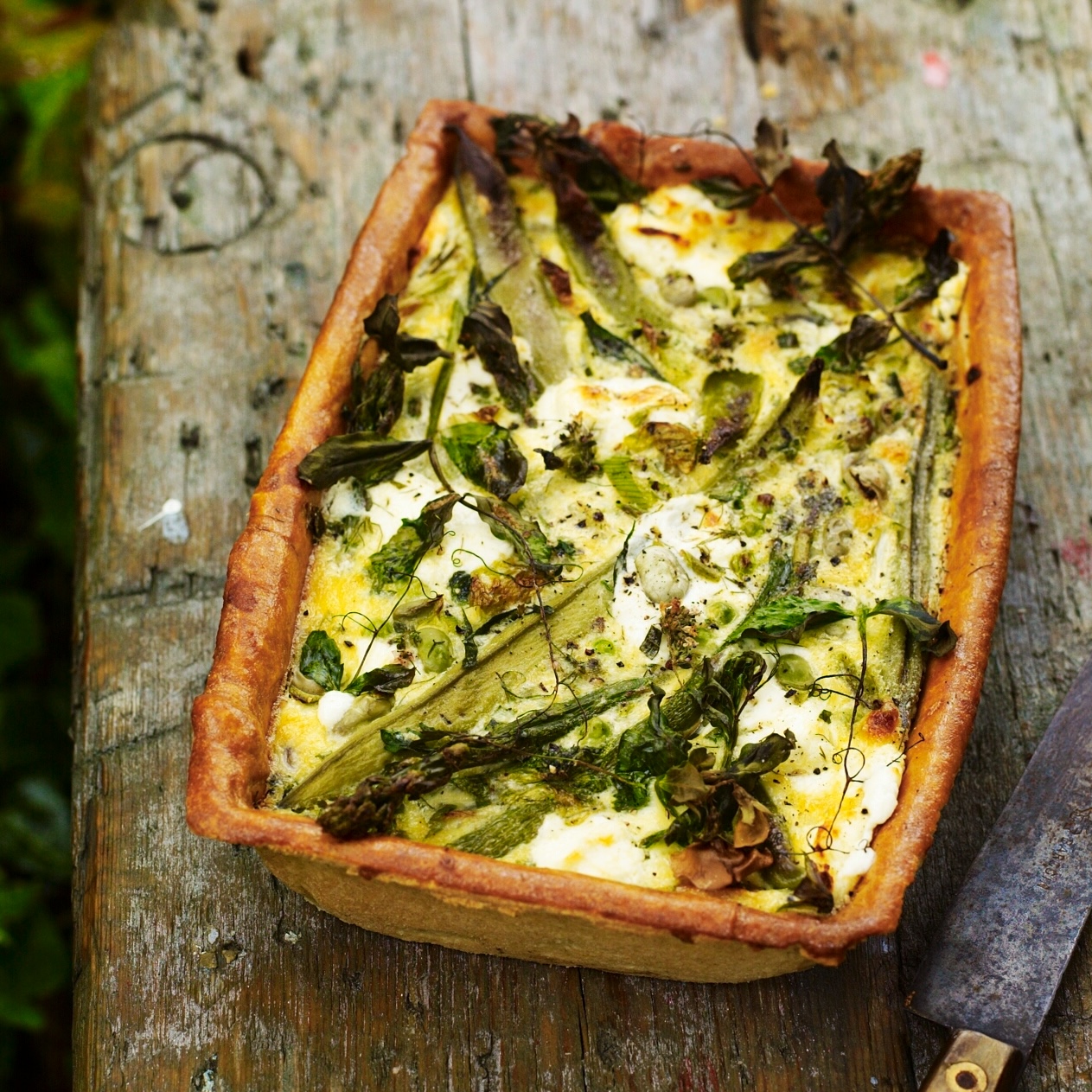 Gill Meller's recipe for a herb-filled tart that makes the most of Spring produce
Gill Meller's recipe for a herb-filled tart that makes the most of Spring produceMake the most of the last few days of May and Spring's bumper crop of ingredients with this herby spring tart recipe.
-
 Mawgan Creek: The unspoilt antidote to some of Cornwall's busier corners
Mawgan Creek: The unspoilt antidote to some of Cornwall's busier cornersThe creek feeds into the Helford river and is a short distance from Frenchman’s Creek, known best because of Daphne du Maurier’s 1941 novel of the same name.
-
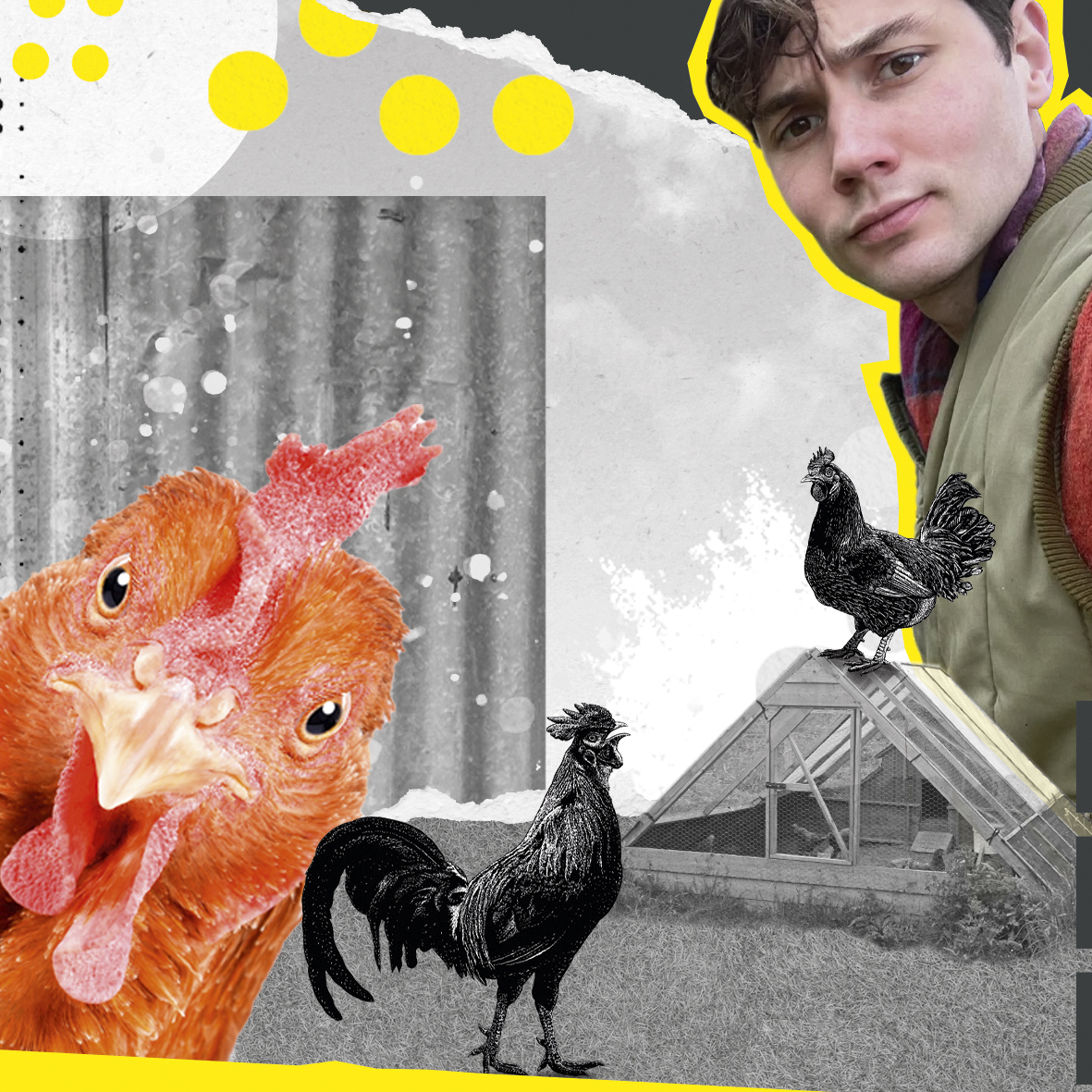 Arthur Parkinson: Ruffled feathers and a bad attitude — my guide on how to deal with broody hens
Arthur Parkinson: Ruffled feathers and a bad attitude — my guide on how to deal with broody hensA chicken's desire to sit on and hatch a clutch of eggs can be the most effortless way to rear your own birds, but for those who are after eggs and not chicks it can be a real issue.
-
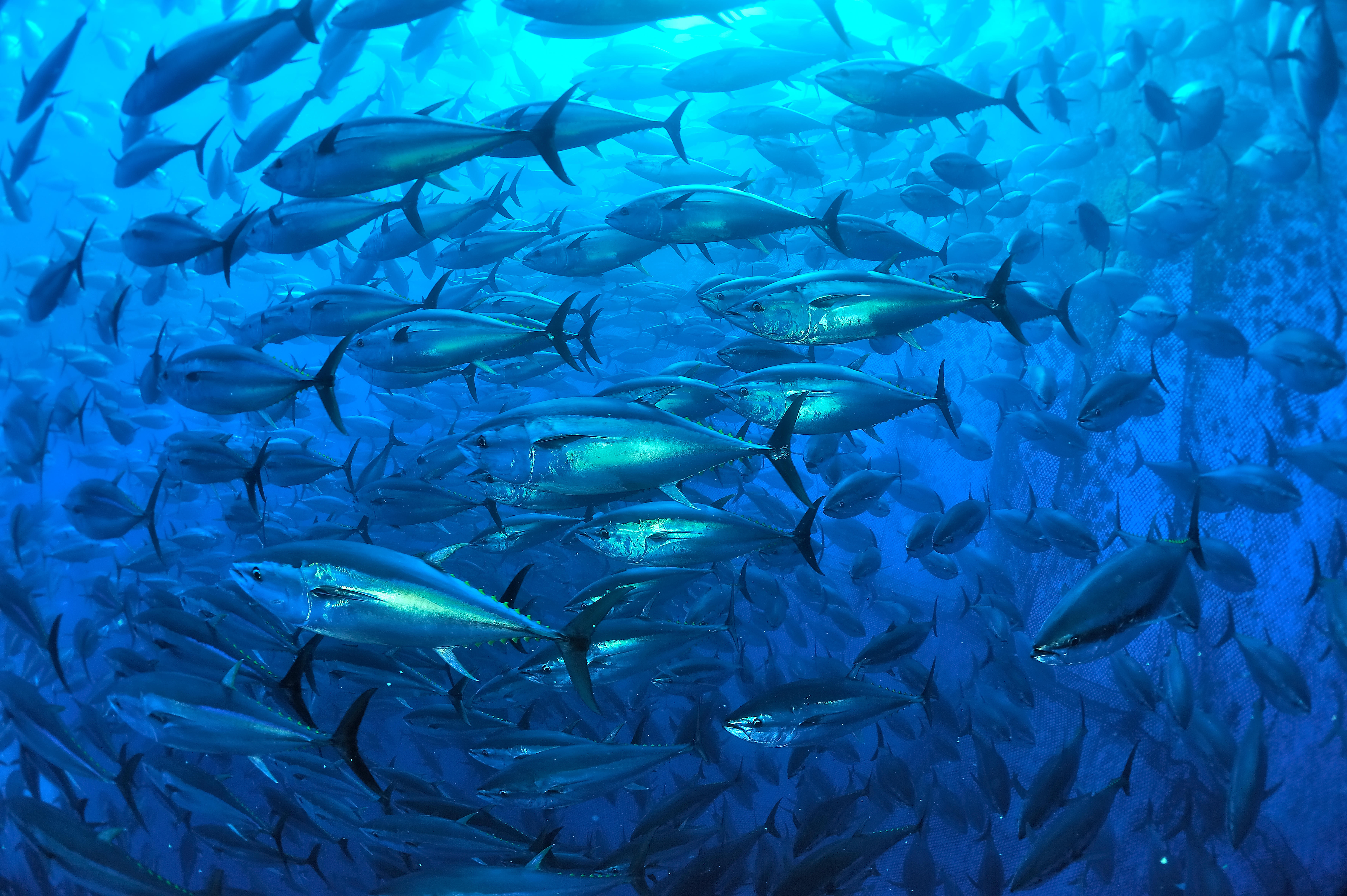 'We don’t expect to catch monsters in British seas': The return of the bluefin tuna
'We don’t expect to catch monsters in British seas': The return of the bluefin tunaIt’s no longer necessary to venture to tropical waters in order to catch a monster tuna, says Jonathan Young, as he attempts to land a big-game fish in Falmouth Bay.
-
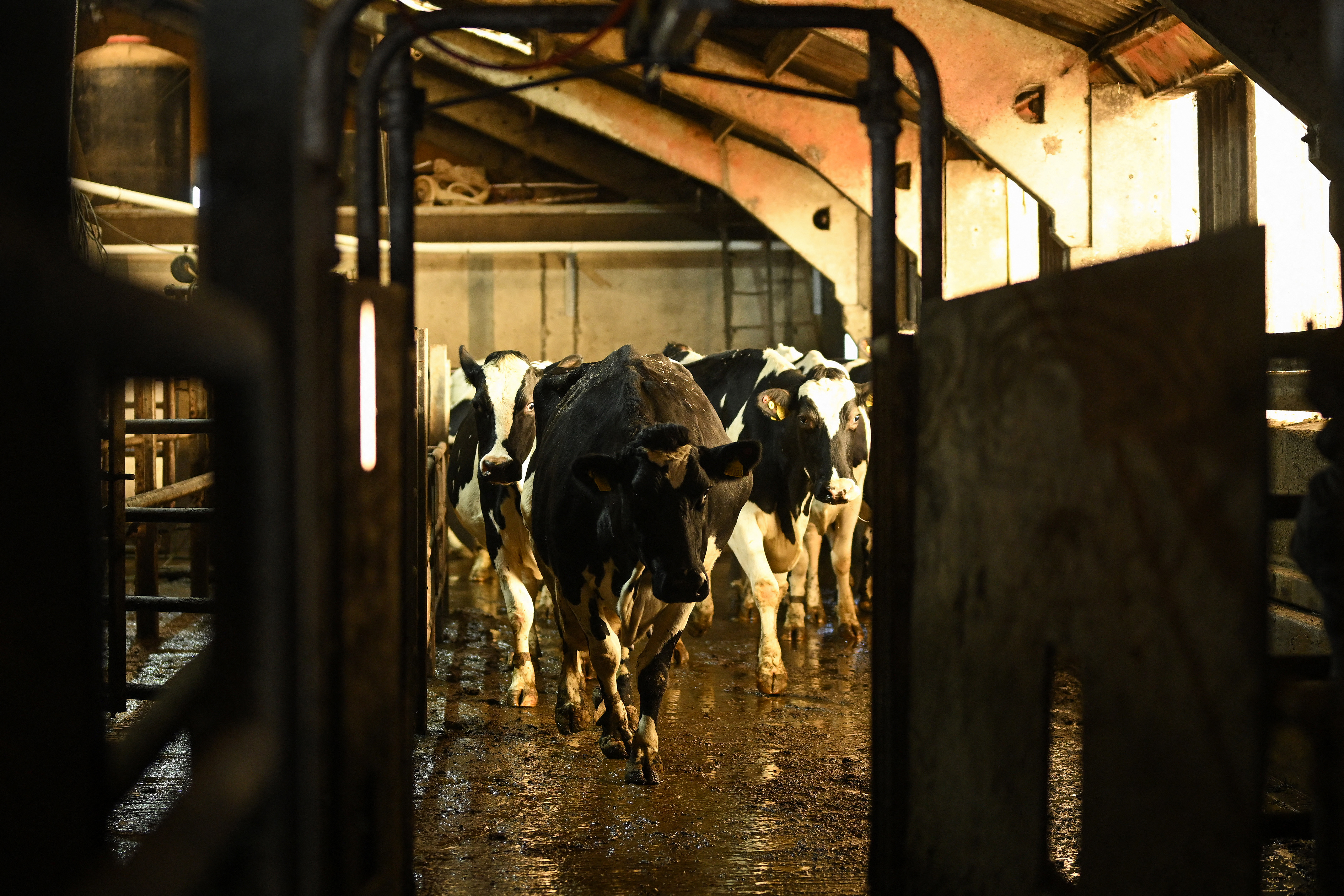 From 'Gerroff my land' to 'Get on my land': Farmers are keen to set the record straight with Open Farm Sunday 2025
From 'Gerroff my land' to 'Get on my land': Farmers are keen to set the record straight with Open Farm Sunday 2025The event — which sees farmers throw open their gates to visitors — returns for its 19th year on Sunday, June 8 with hundreds of farms across Britain will be taking part.
-
 Goodwoof: 'The remarkable thing is how few incidents of biting there are, from dogs and owners'
Goodwoof: 'The remarkable thing is how few incidents of biting there are, from dogs and owners'Now in its 4th year, Goodwoof could be the canine Glastonbury. Charles Gordon-Lennox, the Duke of Richmond, reveals some of the secrets of its success.
-
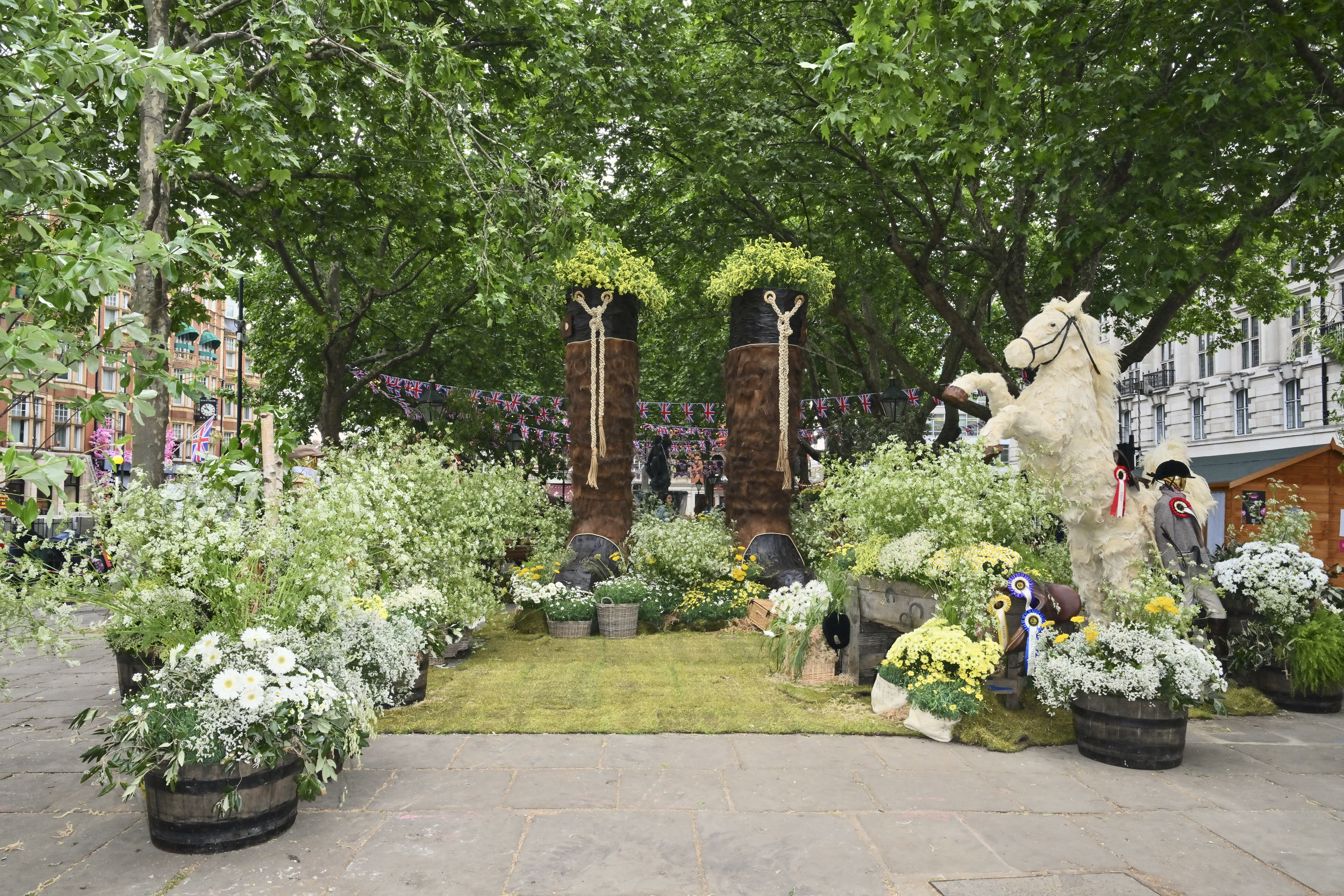 The capital's largest free flower festival blooms again in Chelsea
The capital's largest free flower festival blooms again in ChelseaChelsea In Bloom is back for its 20th year and this time round the theme is Flowers In Fashion.
-
 Alan Titchmarsh and Richard Osman will headline this year’s Queen’s Reading Room Festival at Chatsworth
Alan Titchmarsh and Richard Osman will headline this year’s Queen’s Reading Room Festival at ChatsworthDame Jilly Cooper, the author of the Rutshire Chronicles, and Helen Fielding, who penned the Bridget Jones books, will also be attending the two day event hosted by The Queen’s charity at the Grade I listed house and gardens.
-
 It's your dog's world and we're just living in it: a sidecar and 14 more fabulous products for your canine companion
It's your dog's world and we're just living in it: a sidecar and 14 more fabulous products for your canine companion -
 One puffin, two puffin, three puffin, four: The National Trust’s puffin count gets underway on the Farne Islands
One puffin, two puffin, three puffin, four: The National Trust’s puffin count gets underway on the Farne IslandsThough the islands' shags and terns are in decline, its puffin population has been growing — and the trust is streaming a live recording of their burrows.